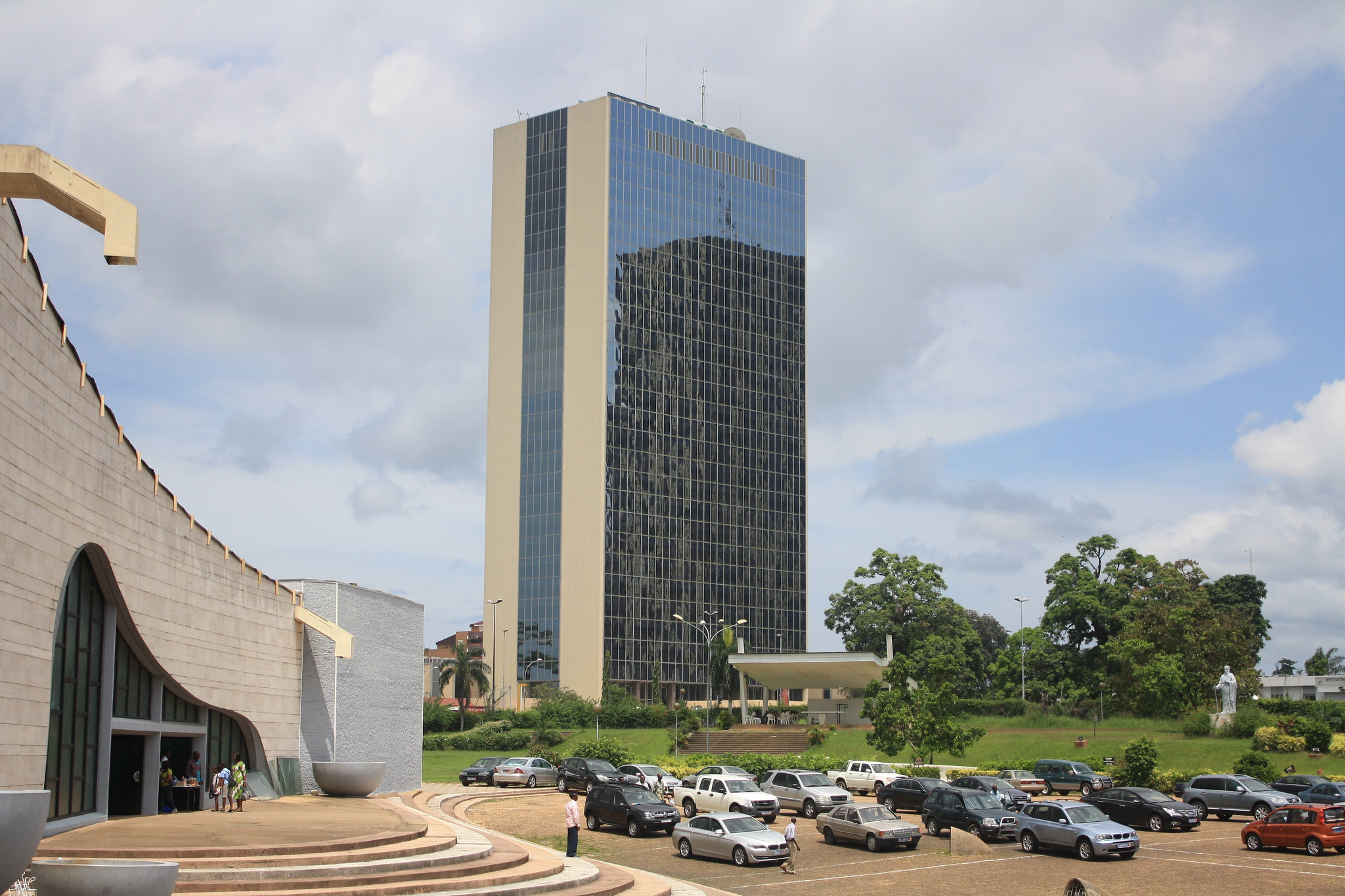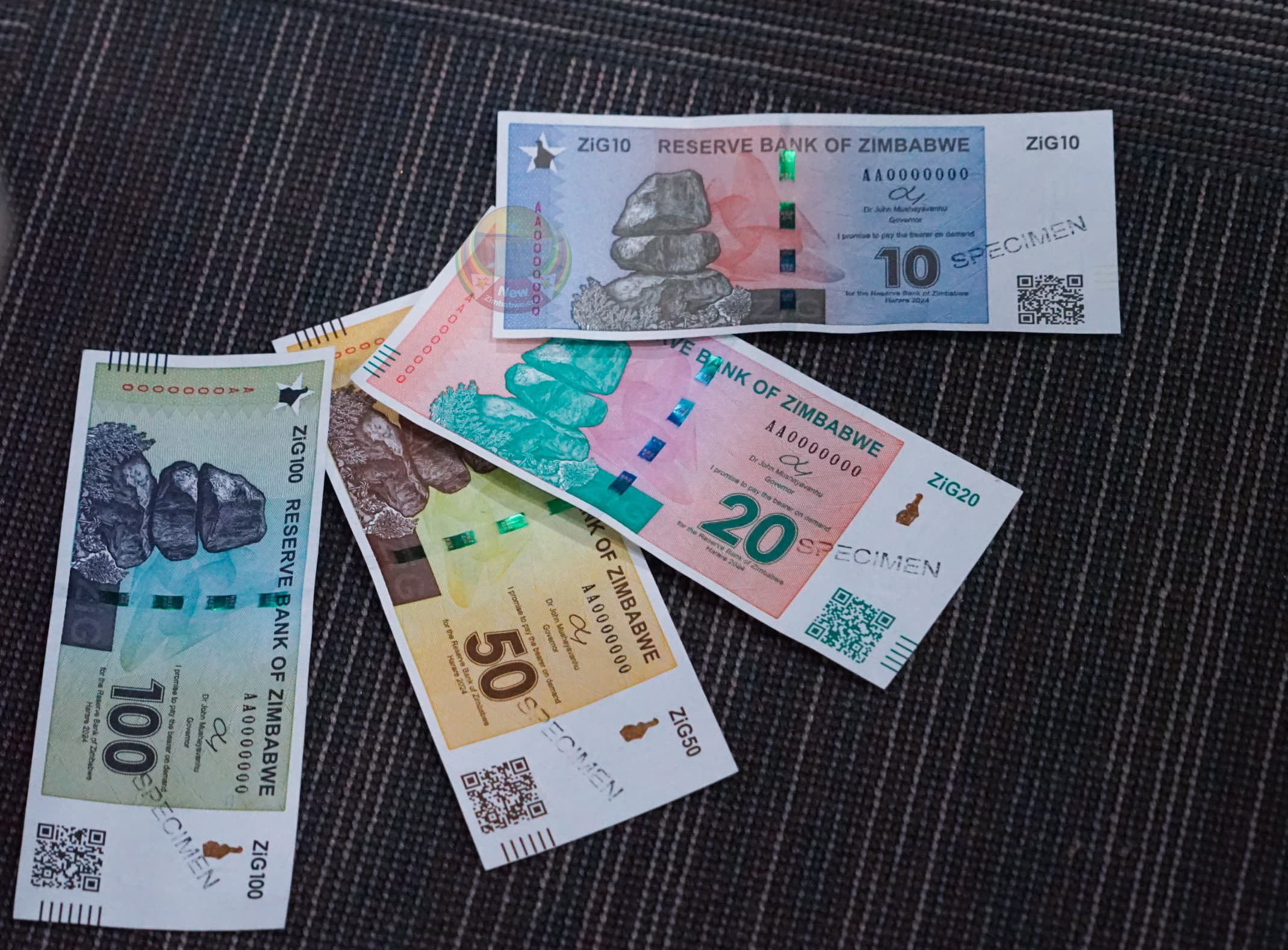Business needs to lobby for policies
By today the general trend in the harmonised elections will start being apparent, but regardless of which way the vote goes, businesses and business leaders need to be ready to be more assertive over the next five years.
This means they need to take a more important role in the generation of Zimbabwe’s economic policy, and be far more involved in the debate than most have tended to be.
The option of ignoring the Government and Parliament, and to a very large extent seeing customers as a captive market, is not going to generate long term growth in industrial sectors.
To start with a highly practical point — the use of the US dollar directly or indirectly for accounting and for transactions. Considering the tempestuous journey of the Zimbabwe dollar, one can understand the desire for a currency unit that can at least allow comparisons and a stable costing structure.
So even companies that have little problem accepting paying in Zimbabwe dollars, might still keep accounts in US dollars and do their costing in that currency before converting to local currency at the point of sale.
It does not really matter if we keep the dual currency set up or switch, as some push for, to the US dollar.
In effect, the business currency is the US dollar with conversions being done when necessary.
The only problem is that the US dollar is about the worst currency to choose, and it will become an even worse choice as time moves on, especially as the African Continental Free Trade Area moves forward, and Zimbabwean businesses either using the US dollar, or at least doing their accounting in the US dollar, face the fact that they will be using Africa’s strongest currency.
This will make their exports more expensive and imports from their actual and potential competitors cheaper, and that is not a good starting point.
We saw some of the problems when we dollarised 15 years ago. South African suppliers, with their more flexible currency that, over the medium and longer term, was gradually drifting down in value against the US dollar, became exceptionally competitive.
The rand is not in a fixed exchange rate against the US dollar, and can move up in value as well as down, but generally, over a year, it will move down.
Right now it is near half the value it had when Zimbabwe dollarised, and if we had retained the US dollar as our de facto national currency this would be causing severe problems for most businesses.
The Government did, as a result of pressure from the business sectors, reintroduce specific import licensing, taking a wide range of products off the open general import licence.
But as free trade grows, this sort of action will become harder and then impossible.
Free trade means the abolition of both customs barriers and non-customs barriers. And so the Zimbabwean manufacturing sector will be exposed to the full force of competitors, and without having a local currency that can drift with the flow.
In 2008 there were a minority of thinking business people, and some economists, who wanted the rand to become the dominant currency, not the US dollar.
There were a number of reasons, the main one being the fact that the Zimbabwean economy is a modest, if smallish, percentage of the South African economy in size.
So South Africa could be affected by fiscal and monetary policy in Zimbabwe, and would probably want a say, as it has in the background with the other SACU members whose currencies are formally tied to the rand.
Besides the problems of a larger country, although still small by South African standards, using the rand as its local currency, which might not be possible, there are also the distortions of having Zimbabwean monetary policy largely controlled by a foreign country.
With the Zimbabwean economy being such a minute fraction of the US economy, the fact of what currency Zimbabwe wanted to use, including the US dollar, had zero effect on the US economy. So it was easy to use.
But the actual choice of the US dollar smashed a large chunk of our manufacturing sector, as cheaper South African goods flooded in.
The shelves were largely South African and some local manufacture has never recovered from the crash, while others have reopened or been replaced by other businesses that could get the sums right better.
One reason for US dollar dominance in many financial records is the fact that our exports are dominated, heavily dominated, by minerals and tobacco leaf dispatched into global commodity markets where the currency is the US dollar. So that is how we are paid.
Our imports, on the other hand, are costed in a wide variety of currencies.
Petroleum imports might well be costed in US dollars, since they are also a commodity, but outside petroleum fuels most of our imports are manufactured goods and as they leave the factory they are costed in a wide range of currencies: rand, renminbi (yuan), euros, rupees, Kenyan shillings, Egyptian pounds, Zambian kwacha and so on down a very long list.
We pay for them, generally, in US dollars since that is the foreign currency in Zimbabwe, and that US dollar dominance is fed by the fact that the foreign currency available comes from exports, so even the banks and the auction system they use to raise foreign currency also work in US dollars.
So we pay for imports costed in other currencies in US dollars and most businesses will receive them into their accounts in US dollars, forgetting totally what currency the supplier used when costing and naming a price after looking up their country’s exchange rates.
Unfortunately, when we sell non-commodity exports the potential customers will translate our manufacturer’s US dollar price into their own currency, and all too often find we are more expensive than other sources, if that Zimbabwean manufacturer is costing in US dollars as well as quoting in US dollars.
So we need to use something else. The most obvious choice is our own currency, and so we are back to the stability of that currency, and that stability must be generated by market forces, not fiat from the Reserve Bank of Zimbabwe or the Government.
We have now managed to introduce proper market-related exchange rates, and these appear to have created a currency with a fairly stable rate against the US dollar, but still edging down very slowly in value, roughly at the average rate of the South African rand, and that appears to be ideal.
However, and here businesses need to stress their needs to the authorities, this new system has to be stable and working.
The problem of the last three years of nine-months of relative stability followed by three months of wild falls in exchange rates and resulting high inflation, is simply not tenable.
The measures taken five years ago to basically balance the budget and introduce fiscal policies that made sense, and at the same time encourage investment into export industries that gave us a positive currency account, were necessary, but not sufficient.
One problem that remained was the growth in local currency supply. This growth was no longer led by Government printing to fill budget deficits or increase liquidity, but it was still happening. Some came from the private sector borrowing from banks, with negative real interest rates leading the demand factors.
Some came from what looks like curious RBZ accounting that in effect created local currency when buying surrendered export earnings and destroying money when selling off some of these in auctions or through gold coins and the like.
Unfortunately, we created more Zimbabwe dollars than we destroyed, probably led by those rising exports.
Reforms have probably closed these taps, but we still need to see the results over a year and make sure that the market systems are working. These are the sort of areas where businesses need to be engaging the Government for closely, to make sure they do work.-ebusinessweekly











